7 Fast Growing Entry Level Healthcare Jobs for 2025
ACI Medical & Dental School
JANUARY 9, 2025
Phlebotomy Technicians specialize in drawing blood from patients for various medical tests and donations, ensuring patient comfort and sample integrity. Average Salary ( ZipRecruiter, NJ ): $50,481 Job Outlook ( BLS 2033 Outlook ): 11% (Much faster than average) Learn More: EKG Technician Patient Care Technician What Do They Do?

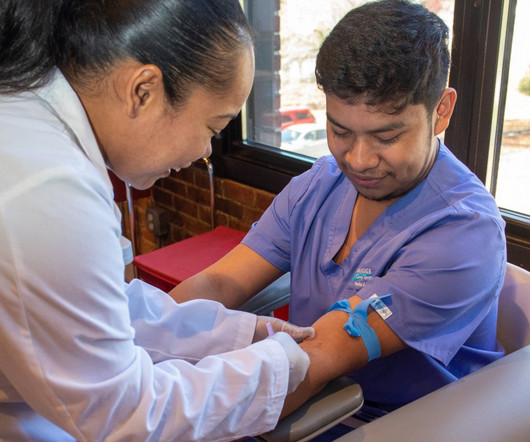











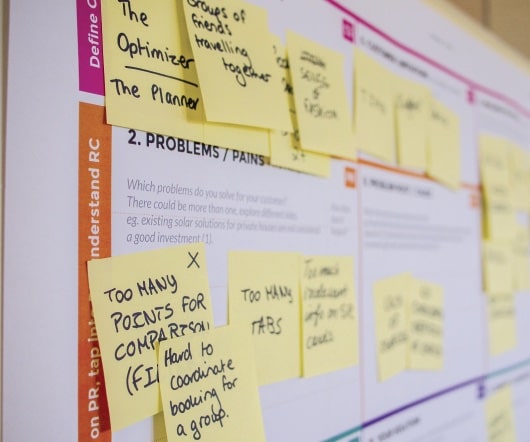




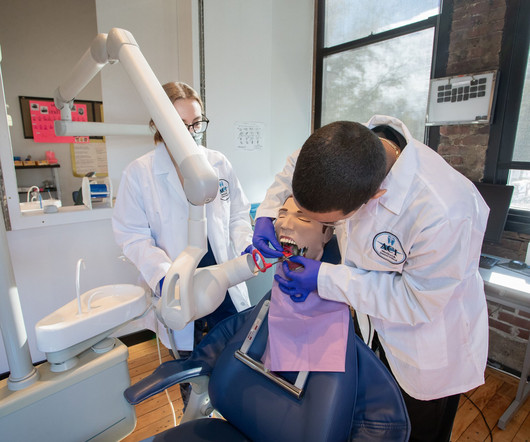



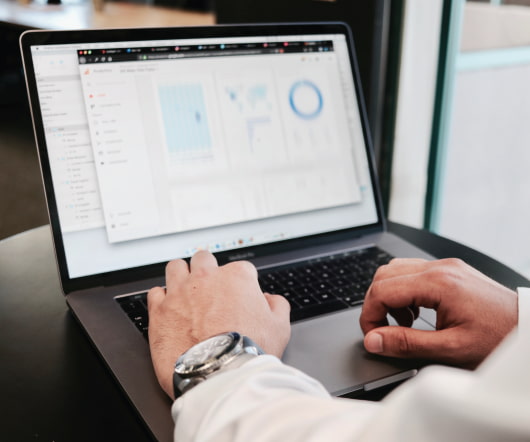






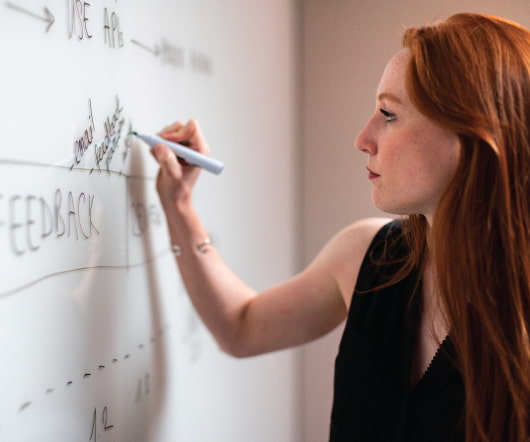
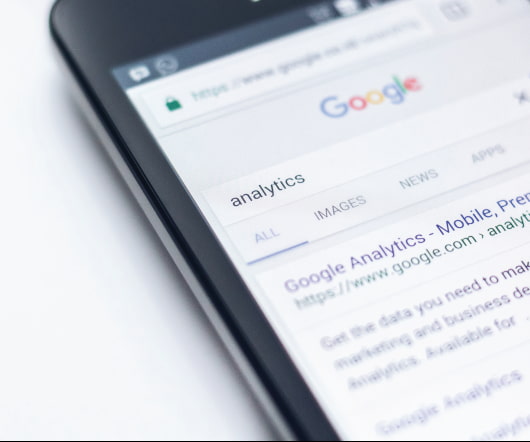











Let's personalize your content